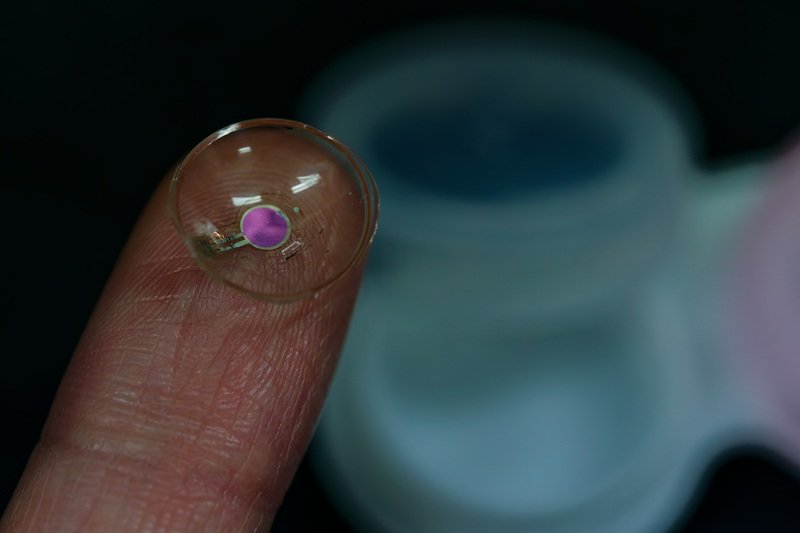A team of Korean researchers has developed the world’s first wireless contact lens-based retinal diagnostic platform using ultrathin organic light-emitting diodes (OLEDs). This breakthrough could revolutionize electroretinography (ERG)—a key method for assessing retinal function—by replacing bulky, stationary equipment with a wearable, wireless solution.
ERG is commonly used to diagnose hereditary retinal diseases and monitor retinal degeneration. Traditionally, it requires patients to sit in a dark room with their eyes open while exposed to light from a large Ganzfeld device. This setup is not only uncomfortable but also limits accessibility and patient compliance.
To overcome these challenges, researchers from the Korea Advanced Institute of Science and Technology (KAIST) collaborated to create a smart contact lens that integrates a flexible OLED light source. The OLED is just 12.5 micrometers thick—6 to 8 times thinner than a human hair—and emits diffused light across its surface, unlike conventional LEDs that concentrate light at a single point and risk overheating.
The lens also includes a wireless power receiver and control chip, enabling it to operate independently. Power is transmitted via a 433 MHz resonant frequency, chosen for its stability and compatibility with wearable systems. The researchers demonstrated a wireless controller embedded in a sleep mask that can connect to a smartphone, making the system highly portable and user-friendly.
In tests, the OLED contact lens successfully induced ERG signals at a luminance of just 126 nits—far lower than the brightness of typical smartphone screens. Despite the low light intensity, the diagnostic results matched those of conventional ERG systems. Animal studies confirmed the lens’s safety: the surface temperature of a rabbit’s eye wearing the lens remained below 27°C, avoiding heat damage, and the device maintained performance even in humid conditions.
Most previous smart contact lenses used inorganic LEDs, which are rigid and prone to heat buildup. In contrast, OLEDs offer a soft, areal light source that’s better suited for the sensitive environment of the eye. This innovation not only simplifies ERG testing but also opens doors to broader applications, including myopia treatment, ocular biosignal monitoring, augmented reality (AR) visual delivery, and light-based neurostimulation.

